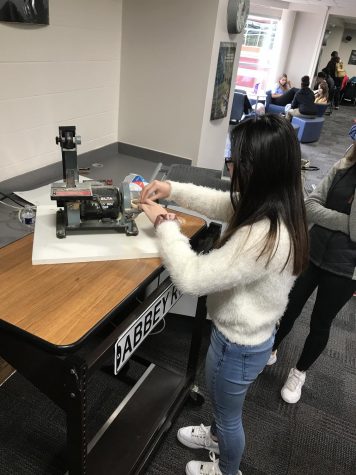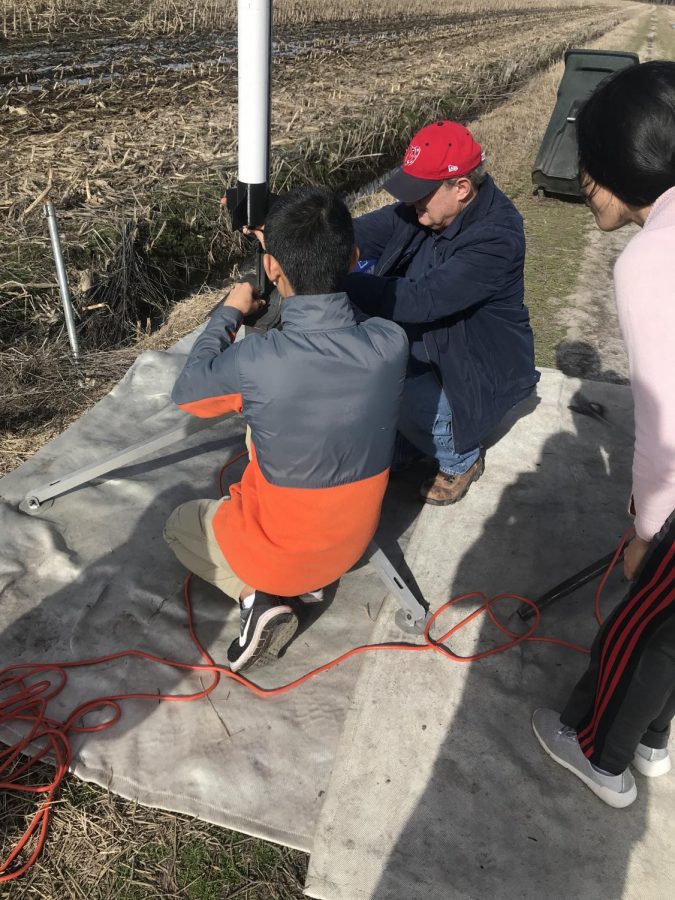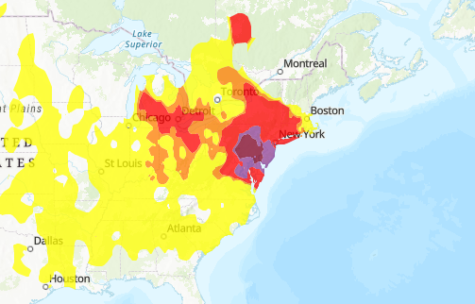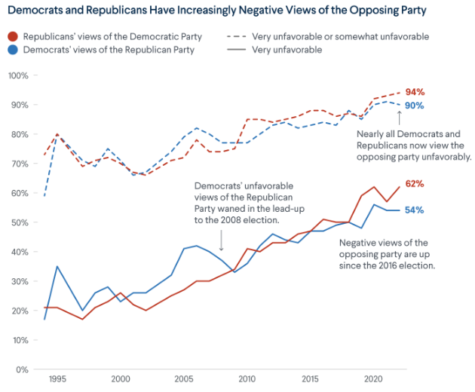What the Maker Club is making
Video courtesy of Steve Delaney.
February 6, 2020
By Cassidy Davenport
The Maker Club, focused on STEM engineering along with some aspects of robotics, is building a rocket to contain an egg for their very first competition in the Team America Rocketry Challenge.
According to sophomore Jason Qin, the goal of the competition is to build a rocket that will shoot an egg 800 feet into the air. “The entire flight must be 45 seconds. If you go over or under any of those measures, then you start losing points,” Qin said.

The club has been working on its project since December, and the members have had to use extensive knowledge of mathematics and physics in the construction of their rocket. When one thinks of rocket science, this is the epitome of that belief of the complicated world of math. “There are a lot of rocket design books that go over mostly the physics aspects. As soon as you read those aspects, you’re basically good,” said Qin about the amount of physics he has had to know for the construction.
Qin explained that the mathematics of creating the rockets was relatively simple, or at least in comparison to the past, where “back in the old days you actually had to calculate the math yourself, but these days you have computer software. ”
Qin also explained that the difference between the Robotics Club and the Maker Club is that “we want this club to be for the people who don’t only want to do robotics and do other stuff, and not have to be so electronics heavy.”
The creation of the egg rocket has been one of an interesting experience for members of the Maker Club, as sophomore Michael Tu said that “the teamwork aspect is very invigorating and the fact that we’re making a rocket is pretty cool. And all the physics and math that goes into it is pretty fascinating as well.”
The competition will take place right outside Washington DC, with over 900 other teams competing to win the prize of over $100,000 in scholarship money to the top 10 teams, and the team hopes to make the final round which is May 16.

The amount of design and effort that goes into the creation of the rocket is extremely thought out and calculated, according to Maker Club sponsor Steve Delaney. “You really have to design the fins well and the other parts if you’re going to hit the target,” he said.
The students use a soft, memory-foam type material to protect the egg for its landing, which is softened as well by the parachute that has been attached to the rocket. Each part of the rocket, however, has been carefully created by the Maker Club students in order for its hoped-for perfect flight.
The students designed all parts of the rockets, which meant creating the perfect fins for their rocket which they 3D-printed themselves. They even crafted the altimeter that is used to determine how high the rocket goes into the air when it is shot. The precise and careful measurements for all these different parts, Delaney said, “are something else you have to get exactly right.”
This Saturday the Maker Club will be traveling to North Carolina to test their rocket with an official rocket organization so that they can continue to refine their rocket for the competition.
Qin also added that, “This is our first year, so we will definitely try to win, but of course I can’t make a guarantee on whether we are actually gonna win or not.”








